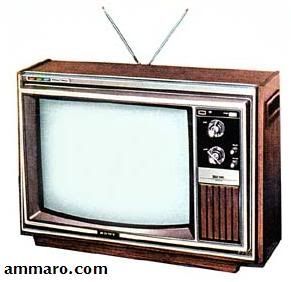
The Evolution of Television: From Black and White to Streaming Era
Introduction
Television has come a long way since its inception. From the early days of black and white broadcasting to the new era of streaming services, television has revolutionized the way we consume media. This article explores the evolution of television and how technological advancements have shaped the industry.
Black and White Television
The early days of television were characterized by black and white broadcasting. Invented in the 1920s, black and white television sets became a common fixture in households by the 1950s. These sets featured small screens and limited channel options. Despite their limitations, black and white television offered people a new form of entertainment and news.
Color Television
The introduction of color television revolutionized the industry in the 1960s and 1970s. Color broadcasts added a vibrant and engaging element to television shows and movies. However, color televisions were initially expensive, making them a luxury item for many. As technology advanced, color television sets became more affordable, leading to widespread adoption.
Cable and Satellite Television
The 1980s brought about significant changes in the television landscape with the introduction of cable and satellite television. These systems offered viewers a wide range of channels and improved reception quality. With cable and satellite television, audiences had access to numerous specialized channels, heralding the era of niche programming.
Digital Television
In the late 1990s and early 2000s, the transition from analog to digital television began. Digital television offered viewers improved picture and sound quality, as well as the ability to receive additional channels through multi-casting. Additionally, digital television opened the doors to interactive features like electronic program guides and on-demand services.
The Streaming Era
In recent years, streaming services have transformed the way we consume television. Platforms like Netflix, Hulu, and Amazon Prime Video have gained immense popularity by offering viewers on-demand content accessible from various devices. The streaming era has brought about a wave of original programming, giving rise to high-quality series and movies that rival traditional broadcast television.
The Future of Television
As technology continues to advance, the future of television looks promising. One of the latest developments is the rise of smart TVs, which offer internet connectivity and integration with various streaming platforms. Additionally, virtual reality (VR) and augmented reality (AR) technologies hold the potential to provide viewers with immersive and interactive television experiences. As the industry continues to evolve, we can only anticipate more exciting innovations in the coming years.

